EPA Chief Hints Vehicle Emission Rules Could Tighten Under Trump - With a Twist

It’s certainly taking this fuel economy rollback proposal we’ve heard so much about a long time to evolve into its final form. Unfortunately, Environmental Protection Agency Administrator Andrew Wheeler has indicated more changes could be needed before a final draft can be released. However, in a bit of a twist, he’s now claiming the proposal will actually be more rigorous than preexisting mandates. Kind of.
“In some of the out years, we’re actually more restrictive on CO2 emissions than the Obama proposal was,” Wheeler told a crowd at the Detroit Economic Club this week.
While most believe the final draft won’t be far from the original draft that suggests freezing fuel efficiency standards at 2020 levels through 2026, the EPA has indicated changes will be made. No specifics were given, though Wheeler expressed a desire to close “loopholes” he believed allowed vehicle-based pollution to slip through the cracks. He was also critical of electric vehicle subsidies, expressing concern that automakers would put most of their focus on pricer EVs (with better margins) or simply raise the price of popular internal-combustion models to offset development costs.
Reuters has more:
On a separate point, Wheeler said the EPA is prepared to enact new regulations to curtail smog, and plans to set new standards next year for nitrogen oxide emissions from heavy trucks.
The Trump administration is embroiled in a legal battle over automotive tailpipe emissions with the State of California and other states that want to keep Obama administration standards, which call for pushing the average fuel efficiency of new vehicles to 46.7 miles per gallon by 2026.
The Trump administration’s earlier proposal called for freezing the average vehicle fuel efficiency target at 37 mpg. Wheeler said he is hopeful California regulators will have a different view when they see the administration’s final proposal.
Only three automakers complied with U.S. fuel efficiency standards in 2017, Wheeler noted, saying the Obama rules “are not based on reality.”
Will California embrace the revamped draft? We sincerely doubt it. Despite the current administration making efforts to make the proposal more eco-friendly and financially responsible, it will still seek to end California’s ability to self-regulate vehicle CO2 emissions. That’ll be a nonstarter on the West Coast.
[Image: Albert H. Teich/Shutterstock]

A staunch consumer advocate tracking industry trends and regulation. Before joining TTAC, Matt spent a decade working for marketing and research firms based in NYC. Clients included several of the world’s largest automakers, global tire brands, and aftermarket part suppliers. Dissatisfied with the corporate world and resentful of having to wear suits everyday, he pivoted to writing about cars. Since then, that man has become an ardent supporter of the right-to-repair movement, been interviewed on the auto industry by national radio broadcasts, driven more rental cars than anyone ever should, participated in amateur rallying events, and received the requisite minimum training as sanctioned by the SCCA. Handy with a wrench, Matt grew up surrounded by Detroit auto workers and managed to get a pizza delivery job before he was legally eligible. He later found himself driving box trucks through Manhattan, guaranteeing future sympathy for actual truckers. He continues to conduct research pertaining to the automotive sector as an independent contractor and has since moved back to his native Michigan, closer to where the cars are born. A contrarian, Matt claims to prefer understeer — stating that front and all-wheel drive vehicles cater best to his driving style.
More by Matt Posky
Latest Car Reviews
Read moreLatest Product Reviews
Read moreRecent Comments
- V8fairy Not scared, but I would be reluctant to put my trust in it. The technology is just not quite there yet
- V8fairy Headlights that switch on/off with the ignition - similar to the requirement that Sweden has- lights must run any time the car is on.Definitely knobs and buttons, touchscreens should only be for navigation and phone mirroring and configuration of non essential items like stereo balance/ fade etc>Bagpipes for following too close.A following distance warning system - I'd be happy to see made mandatory. And bagpipes would be a good choice for this, so hard to put up with!ABS probably should be a mandatory requirementI personally would like to have blind spot monitoring, although should absolutely NOT be mandatory. Is there a blind spot monitoring kit that could be rerofitted to a 1980 Cadillac?
- IBx1 A manual transmission
- Bd2 All these inane posts (often referencing Hyundai, Kia) the past week are by "Anal" who has been using my handle, so just ignore them...
- 3-On-The-Tree I was disappointed that when I bought my 2002 Suzuki GSX1300R that the Europeans put a mandatory speed limiter on it from 197mph down to 186mph for the 2002 year U.S models.

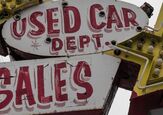














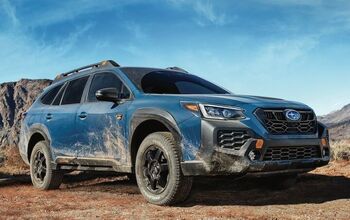
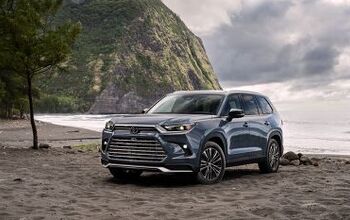

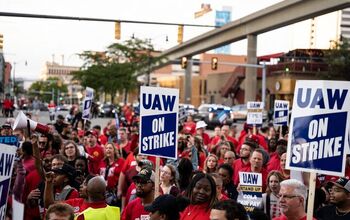
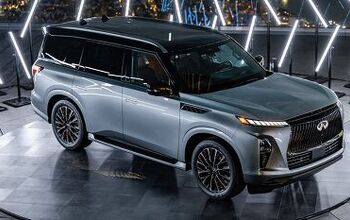
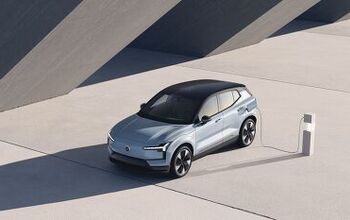
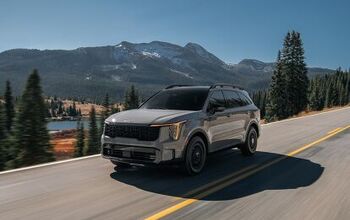
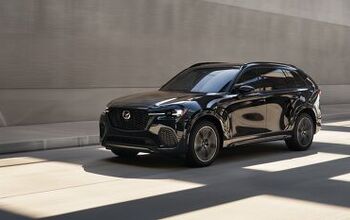
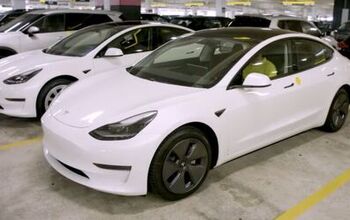
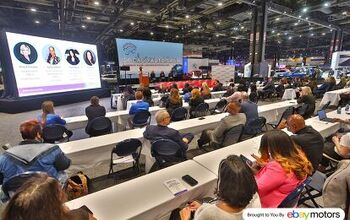
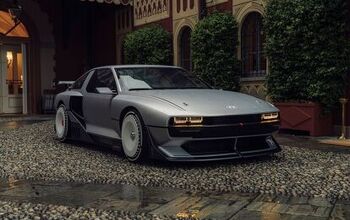
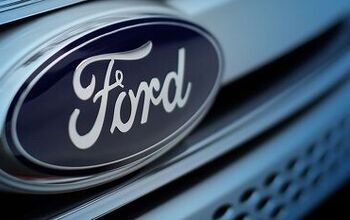
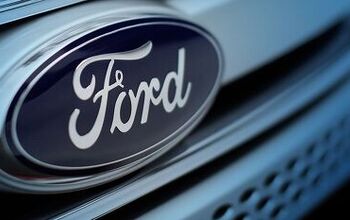
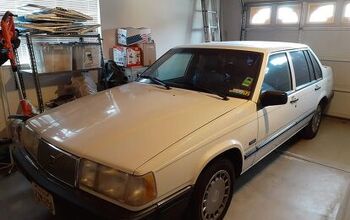
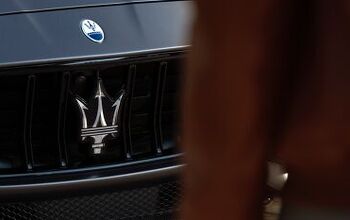

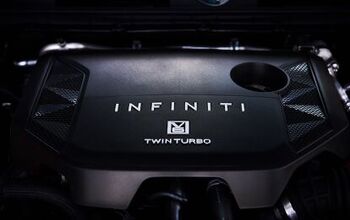
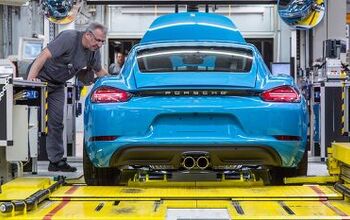
Comments
Join the conversation
Not just smaller turbo engines but lighter more expensive materials like carbon fiber will be used to get the weight down. Also more hybrid systems and use of shutters in grills to control the flow of air. Not a lot of low hanging fruit left to gain more efficiencies and what is left will cost more.
@highdesertcat--Agree. It's not a matter of the auto manufacturers wanting to make the smaller turbo engines and wanting to eventually be all EV it is that they are planning for more regulations which is the worse case scenario. I believe we still have a few more years before we see the total demise of V8s and even more years before the elimination of ICE which by then I will either be dead or too old to drive or even care. Agree if you really want that Hell Cat buy it soon because its days are limited.